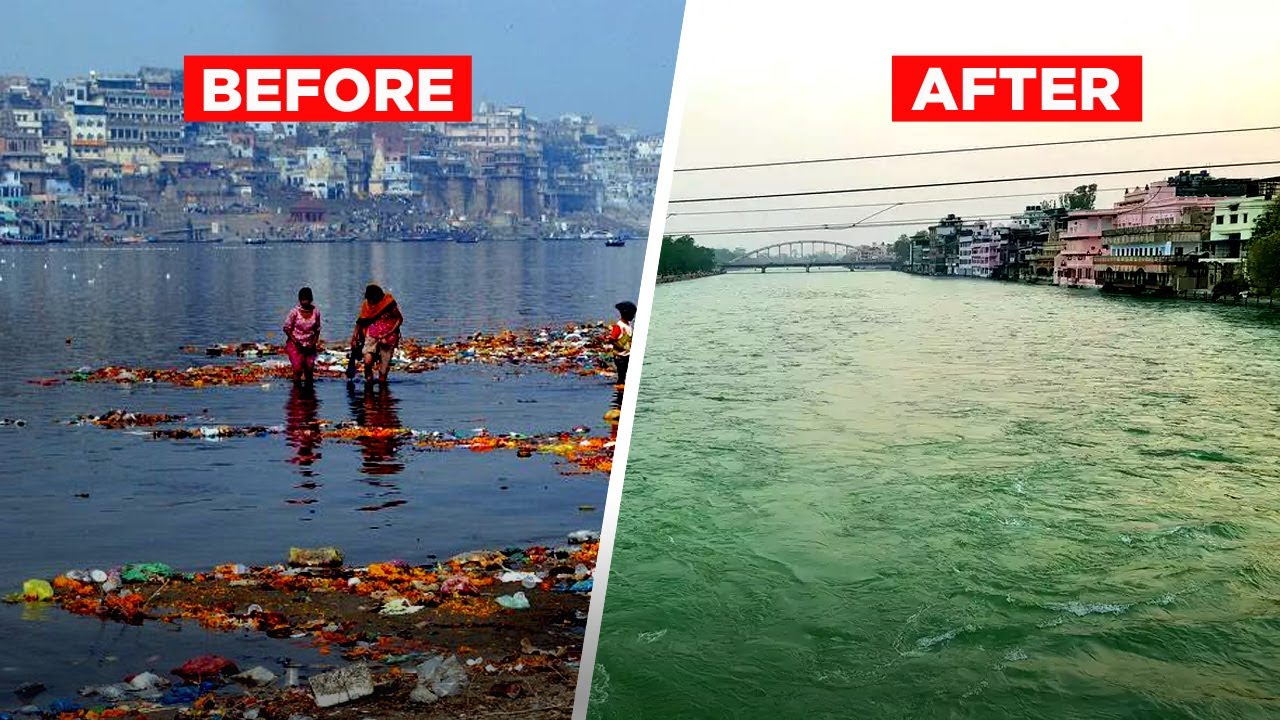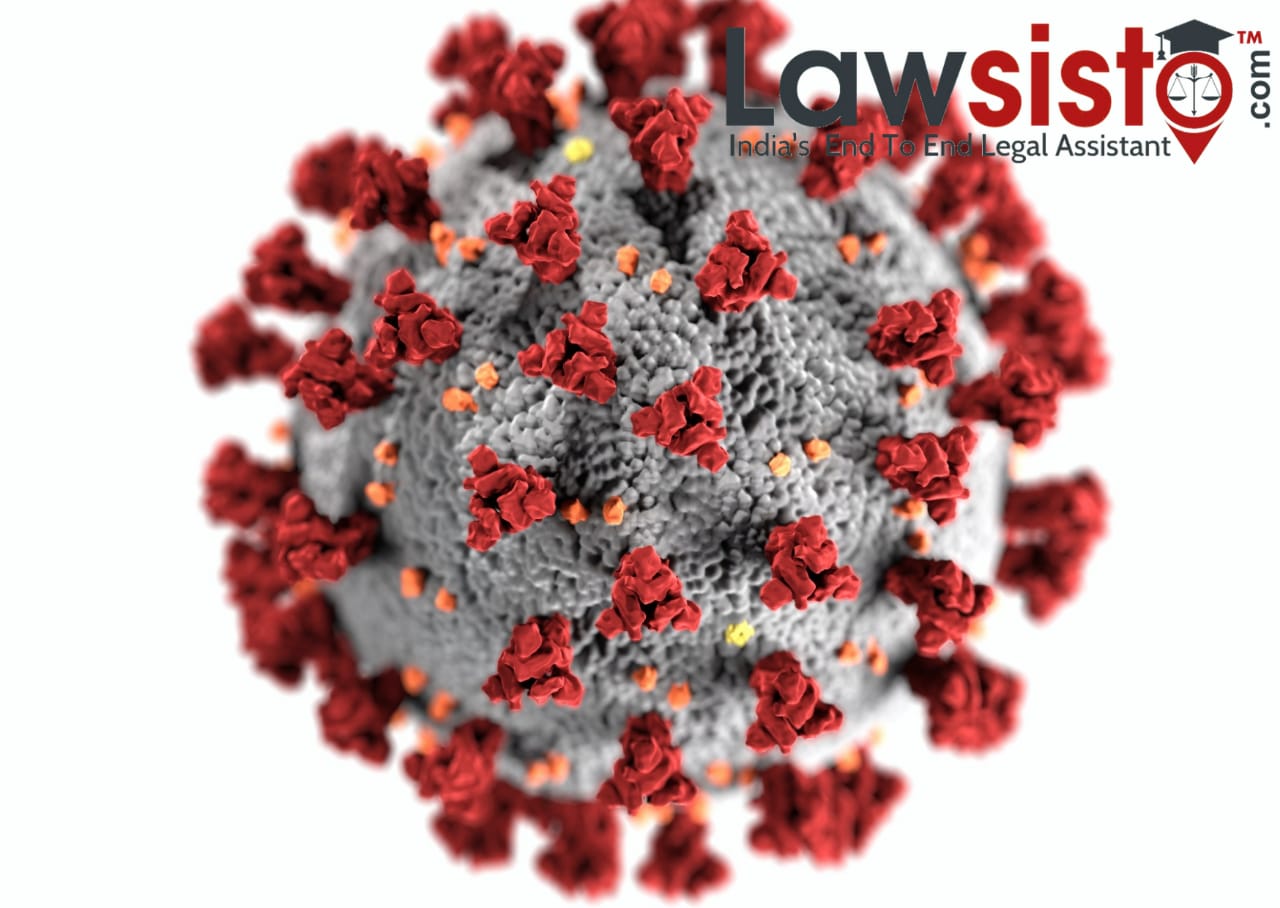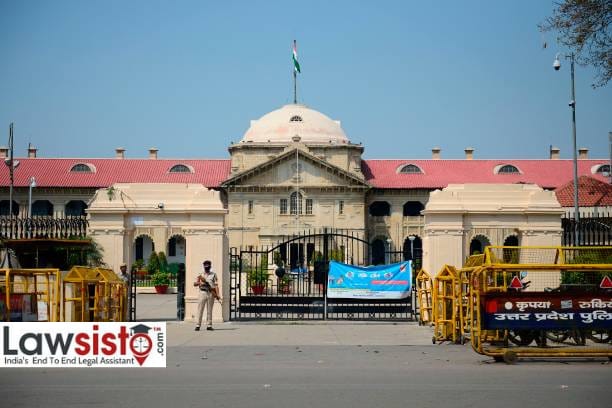Latest News
Ganga: before & after Lockdown

The lockdown due to COVID-19 might have enforced us to stay inside our homes, but it has come out as an advantage for the environment. With industries closed and people staying inside due to nationwide lockdown, nature emerges to be in reconstruction mode. Studies show that air quality has enhanced and rivers are cleaner. In Uttar Pradesh, specifically, the result of the lockdown on the River Ganga has been momentous.
It’s an unusual sight in Varanasi. The Ganga is gleaming and is translucent that a person can see its aquatic life, such as tortoise and fish, deep in the river.
“What could not happen in the last 34 years ever since the inauguration of Ganga Action Plan (GAP) in 1986, and the initiation of Namami Gange in 2014, with an investment of more than 100 crores, is perceptible in just 1 month of lockdown,” said Professor B D Tripathi, the chairman of Mahamana Malaviya Research Centre for Ganga, River Development and Water Resource Management, Banaras Hindu University (BHU).
“While it is evident that the quality of Ganga water has enhanced, but cannot assert that the water is 100% free from contamination. In fact, just 25 to 30% decrease in pollution level is being perceived”, he said while acknowledging that more needs to be done.
The effect of the lockdown on Ganga’s health is, nonetheless, stimulating and proves that by taking more steps quality of water can be enhanced even more. Particularly, there has been noteworthy improvement in the health meter of Ganga’s water a boost in dissolved oxygen (DO) and decrease in biochemical oxygen demand (BOD) - in lockdown. BOD level shows the amount of decomposing organic matter in the river, a low BOD signifies good quality. Low level of DO indicates bad quality. If dissolved oxygen levels go down, it creates a bad impact on aquatic life in the river. Fecal coliform count (FCC), the most important indicator of portability, has also gone down.
“Only making of sewage treatment plants (STPs) is not adequate, an efficient check on release of pollutants in any way into the water as well as increased flow of water is equivalently important,” said Tripathi, who carried out composite sampling prior to the lockdown which commenced on 24th March& then again on 20th April for testing. From the samples it was seen that the dissolved oxygen augmented up to 25 to 30%, while (BOD) level went down to about 35 to 40%”, he said. This was because of closing down of sari dyeing units, restaurants and hotels, automobile workshops, reduction in cremation & ensuring on discarding solid wastes into the river. Other than this, the flow of water also augmented because of closed lift canals, he said.
The Ganga water itself has self-cleansing capacity if adequate water flow is preserved. It was observed during the Prayagraj Kumbh Mela,” he added.
In Prayagraj, the lockdown has been a gift for pollution –ridden Yamuna and Ganga. A contrast over the quality of water of the two rivers on 3 distinct dates – 13th March, 9th April and 30th April exhibits how clean both the rivers have become.
With industries locked due to lockdown, less people coming to visit the river banks and considerable decline in the quantity of effluent being released in the two rivers, contamination levels in Yamuna and Ganga have declined.



































































































